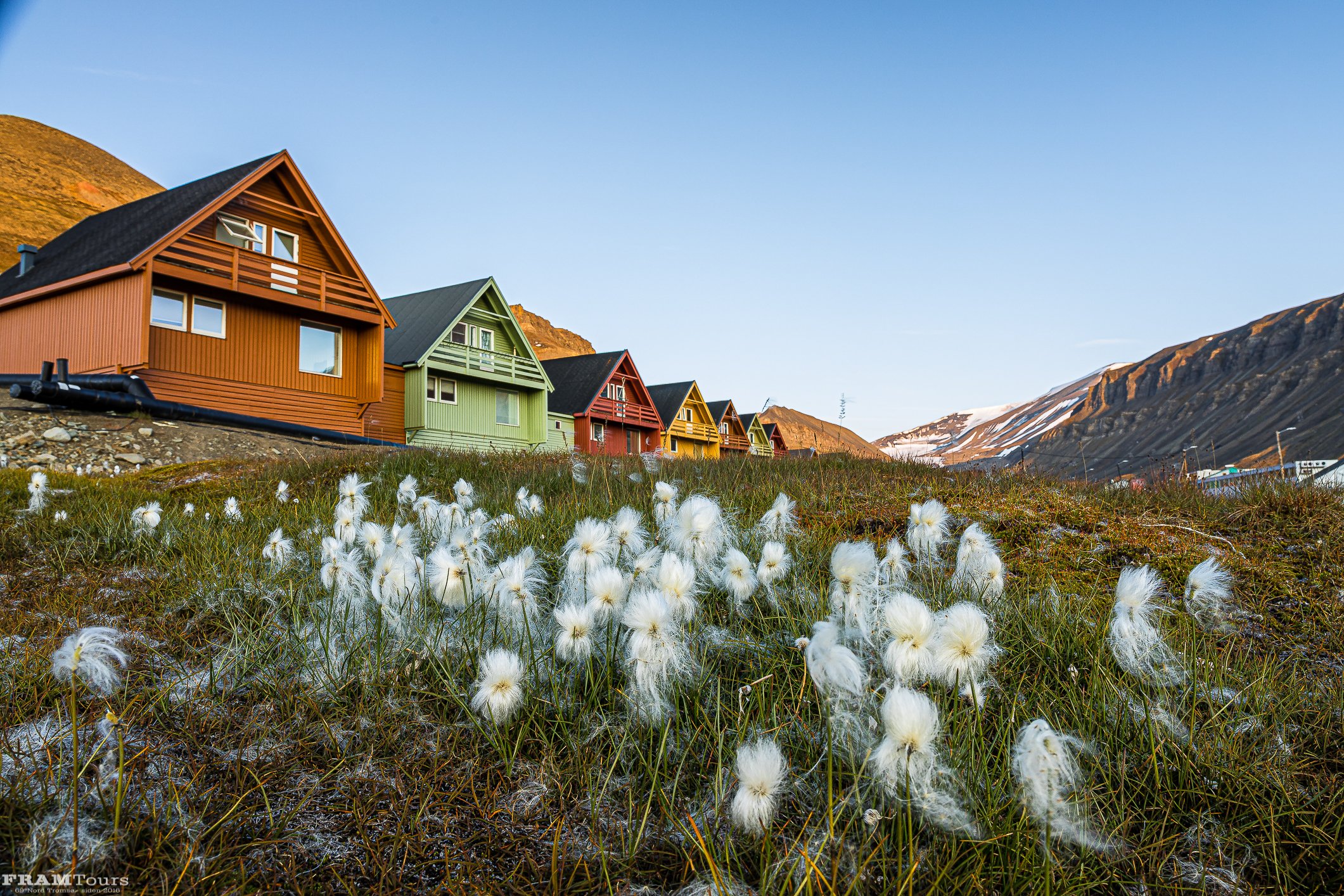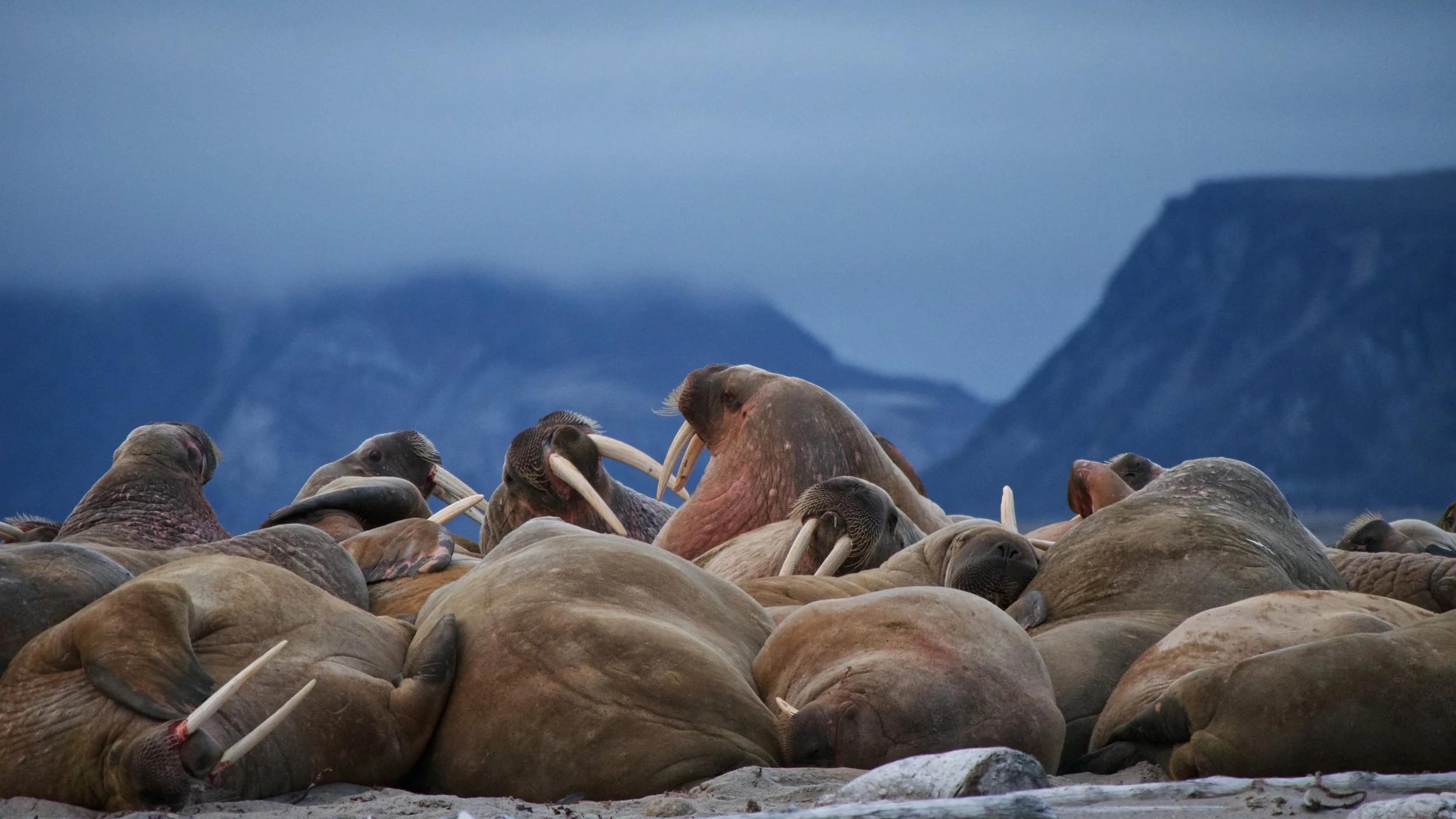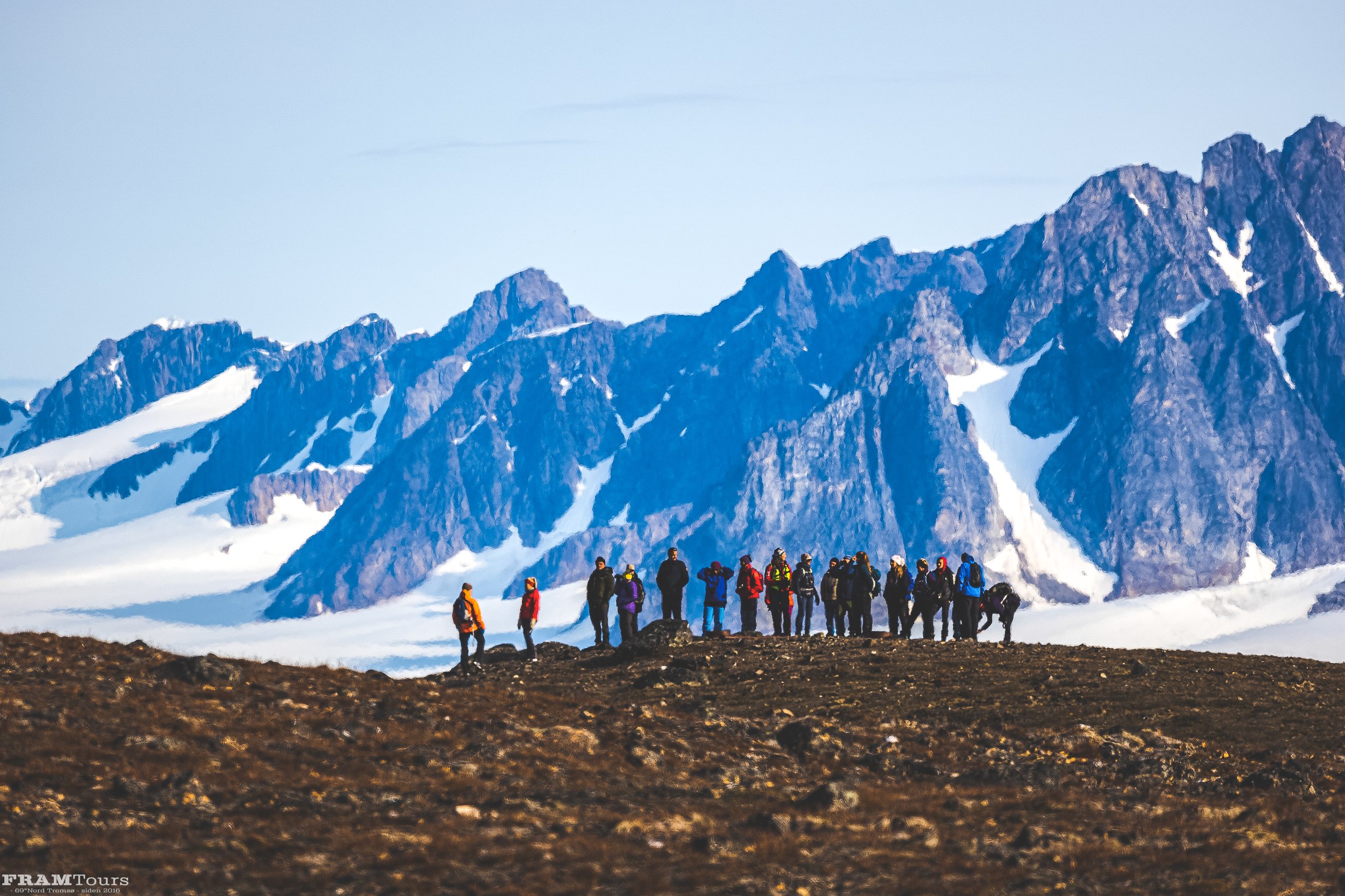SVALBARD adventure
About Svalbard and Its History
The Svalbard archipelago lies in the High Arctic, between 74° and 81° north latitude, consisting of nine main islands and numerous smaller ones, with Spitsbergen being the largest. Despite its remote location, Svalbard has been a focal point for human activity for over four centuries. Initially discovered by Dutch explorer Willem Barentsz in 1596, the islands quickly attracted European whalers, particularly from England, the Netherlands, and later France. The early 17th century saw the rise of seasonal whaling stations, such as those in Smeerenburg, where whales were processed for blubber and baleen. These activities left a significant environmental and cultural footprint, evident in the archaeological remains preserved by permafrost.
In the late 19th and early 20th centuries, interest shifted from whaling to resource extraction, notably coal mining. This ushered in permanent settlements such as Longyearbyen (founded by the American John Munro Longyear in 1906) and the Russian-operated Barentsburg. The Svalbard Treaty of 1920 formalized Norwegian sovereignty, though it also allowed economic activity by other signatory nations, resulting in a unique legal and geopolitical status.
Since the late 20th century, coal mining has declined in importance, while science, environmental monitoring, and tourism have emerged as the dominant activities. Institutions like the Svalbard Global Seed Vault, the Norwegian Polar Institute, and UNIS (University Centre in Svalbard) reflect the archipelago’s growing importance in climate research and international cooperation in the Arctic.
Longyearbyen colored houses - Canon EOS R - Sigma 24 -35mm f/2.0 DG HSM
Wildlife and the Role of the Polar Bear
Svalbard's harsh Arctic climate — characterized by long, dark winters, permafrost, and fluctuating sea ice — supports a surprisingly rich but vulnerable ecosystem. The region’s wildlife is highly specialized, and many species are ice-dependent, relying on seasonal dynamics for breeding, hunting, and migration. One of the most iconic species is the polar bear (ursus maritimus), with Svalbard forming part of the Barents Sea subpopulation, shared with Arctic Russia.
Polar bears in Svalbard depend heavily on pack ice to hunt seals, particularly the ringed seal (Pusa hispida). However, with sea ice retreating earlier and forming later each year, bears are forced to roam longer distances or retreat to land-based food sources — a shift with serious implications for their health and reproductive success. Satellite telemetry, den monitoring, and stable isotope analysis are key tools researchers use to track these trends and inform conservation measures.
Beyond polar bears, Svalbard is home to Svalbard reindeer (Rangifer tarandus platyrhynchus), a short-legged and thick-coated subspecies uniquely adapted to Arctic tundra. These reindeer feed on sparse vegetation, including mosses and lichens, and must dig through snow to forage during winter. Other mammals include the Arctic fox, walrus, and a variety of whales, including beluga, narwhal (in adjacent waters), and occasionally bowhead whales.
The region also hosts some of the largest seabird colonies in the North Atlantic, with species like Brünnich’s guillemot, little auks, arctic terns, atlantic puffins and kittiwakes nesting in cliffside communities that can number in the hundreds of thousands. These colonies are critical for nutrient cycling and serve as indicators of ocean health.
Walrus colony in Poolepynten, Svalbard - Canon EOS R3 - Canon 400mm RF f/2.8 L USM w/TC 1,4x - Photos taken from distance in accordance with law and regulations
Updated Rules for Wildlife Observation and Visitor Conduct
As interest in Arctic travel increases, the ecological pressure on Svalbard’s environment has become more pronounced. In response, Norwegian authorities — specifically the Governor of Svalbard (Sysselmesteren) — have enacted a series of new regulations to ensure that wildlife is not harmed or disturbed by human presence. These regulations are science-driven, built upon studies by wildlife biologists, climatologists, and conservationists, and aim to preserve the integrity of the region's biodiversity while allowing for controlled access.
Among the most impactful changes is the mandatory minimum 300-meter distance from polar bears. This applies regardless of whether the bear is sighted on land, sea ice, or from a vessel. The intention is to minimize the risk of habituation or stress, which can lead to altered hunting behavior and increased risk for both bears and humans. The use of drones — a growing concern in recent years — is now banned in designated bird reserves and strictly regulated in the rest of the archipelago to prevent disruption of nesting and flight behavior.
The number of visitors permitted per landing site has also been capped, and in some vulnerable areas, landings are now prohibited during sensitive breeding seasons. These measures are part of a broader Arctic conservation strategy focused on mitigating cumulative impacts, which include not just tourism but also scientific activity and climate change itself. The guidelines also stress education: guides must be certified and trained in environmental protocols, and operators must provide clear briefings to guests before any landings or wildlife encounters.
The new rules and laws are taking place from 1st January 2025 and the are no exemptions.
A landing in the west Spitzbergen. Canon EOS 5D mkIII - Canon EF 100 - 400 f/4 L IS USM
FRAMTours: Responsible Arctic Exploration
At FRAMTours, our philosophy is rooted in low-impact, high-experience Arctic travel. We recognize that every guest encounter with Svalbard’s wilderness is a privilege, and we operate under a guiding principle that education and conservation must be at the heart of exploration. Our itineraries are intentionally curated to align with environmental regulations and offer maximum authenticity while minimizing disturbance.
Each FRAMTours expedition is staffed by AECO-certified guides and field naturalists with backgrounds in polar science, Arctic ecology, and outdoor safety. We collaborate closely with local operators and vessels that meet the highest standards of sustainability and safety, ensuring that fuel use, emissions, and waste are managed responsibly. Onboard, guests receive detailed briefings on Svalbard's ecosystems, cultural heritage, and rules of conduct. All excursions are led in small groups, allowing for more personalized experiences and reduced footprint per visitor.
We also integrate elements of citizen science and contribute logistical support to research initiatives when possible. For example, some voyages assist in seabird monitoring or marine mammal logging, connecting guests to the scientific processes that inform Svalbard’s management. Additionally, our photography-focused tours emphasize ethical wildlife documentation, with long lenses, patience, and respectful distancing replacing intrusive approaches.
Most importantly, FRAMTours fosters an atmosphere of shared responsibility: every guest becomes a temporary steward of the Arctic. Our goal is to ensure that Svalbard remains as wild, majestic, and untamed for future generations as it is today.




